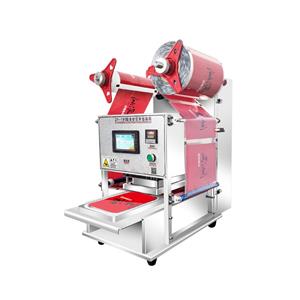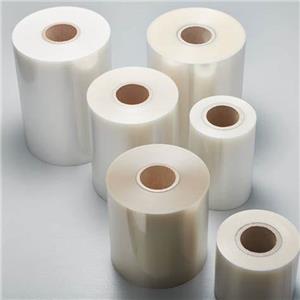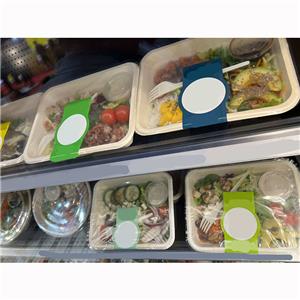A new study has found that Canadian fast food packaging contains toxic perfluorooctane sulfonate, a "permanent chemical."
Scientists from the University of Toronto, Indiana University and Notre Dame University have for the first time detected toxic PFAS levels of perfluoroalkyl and perfluoroalkyls in Canadian fast food packaging, in particular waterproof and greaseproof plastic paper substitutes.
Studies published in environmental science and technology journals published today show that food packaging can cause direct human exposure to PFAS associated with serious health effects such as increased risk of cancer and damage to the immune system due to food contamination, they eat. In addition, as soon as the discarded packaging enters the waste stream, PFAS enters an environment where these "eternal chemicals" will never degrade. These health and environmental risks have forced eleven US countries to ban PFAS in most food packaging, and two major chain restaurants have committed to PFAS-free status by 2025. until 2006.
Miriam Diamond said: "Because Canada's restrictions on the use of disposable plastics in food servers show that we believe that better alternatives such as paper packaging and compostable trays are not as safe and green." In fact, they can directly cause PFAS exposure, which can harm our health and the environment, from air to drinking water. ", co-author of the study.
In this study, scientists collected 42 paper packs and bowls from fast-food restaurants in Toronto and tested them for total fluoride of the perfluorooctane sulfonate indicator. They then analysed in detail eight samples with high total fluorine content. Fibrous crusts are called compostable and have three to ten times higher PFAS values than doughnuts and pastry bags. PFAS is added to these shells and bags as a water and fat repellent.
Perfluorooctane sulfonic acid (PFOS) is a complex group of approximately 9000 artificial chemicals, of which only a few toxicity studies have been conducted. The known toxic PFAS,6:2 FTOH (6:2 fluorothelomeral alcohol group) is the most frequently detected compound in these samples. Other perfluorooctane sulphonates, commonly found in all tested Canadian fast food packaging, can be converted into this compound, thereby increasing consumer exposure. "They first discovered a number of perfluorooctanoic acids in food packaging, which shows how difficult it is to monitor the presence of this large group of compounds."
Importantly, researchers have found that after two years of storage of the product, the concentration of PFAS has decreased by 85%, contradicting the claim that a certain type of PFAS polymer in larger molecules does not break down or escape from the product. Perfluorooctane sulfonate is released from food packaging into the indoor air and provides a second opportunity for people to come into contact with these chemicals.
Diamond said: "Unfortunately, the use of perfluorooctane sulfonate in food packaging replaces harmful disposable plastic and we need to strengthen regulation and promote the use of fiber-based food packaging that does not contain perfluorooctane numbers."




